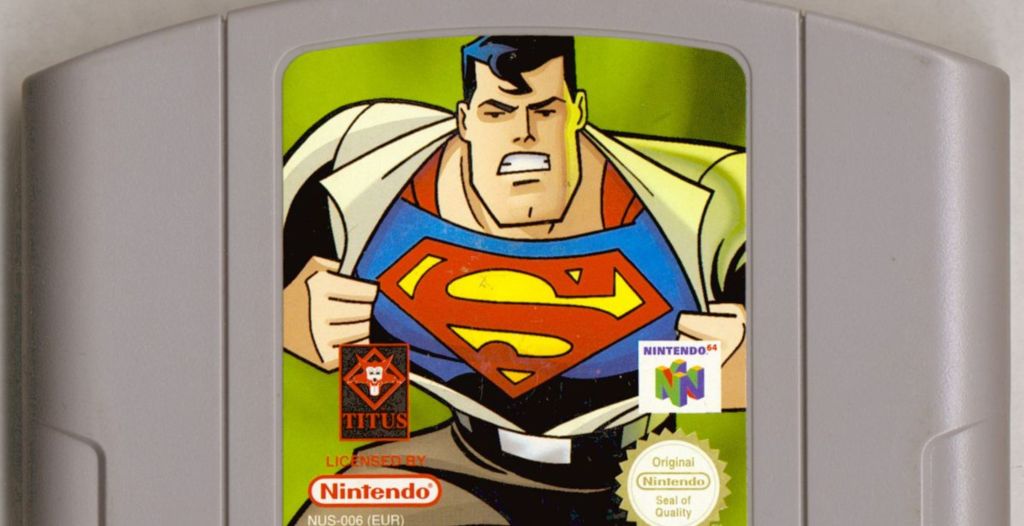A pot of ayahuasca being brewed—a process that typically takes around three days. Photo Wikimedia Commons
Last week, 19-year-old Henry Miller—a gap-year student from Bristol, England—died in Colombia after taking part in a shamanic ceremony. The papers are reporting that he died after drinking a drug called yage, which is actually just another name for ayahuasca, a plant that—among South America’s indigenous tribes—is brewed with another plant called chacruna and used in shamanic rituals for its apparent healing properties.
Videos by VICE
Reports on the healing experience vary. Some people will tell you it was the most mind-blowing transcendental experience of their lives. Others will say it was a prolonged and slightly trippy vomiting session.
However, a more sinister element of the ayahuasca tourism industry has grown to meet a recent boom in the number of young Westerners traveling to South America for a trip. As reported by Motherboard last year, “slimy pseudo shamans”—untrained opportunists who’ve merely taken crash courses in ayahuasca delivery—had begun operating in Peru, hooking people up with wildly exorbitant and dangerous doses to make a quick buck. Writing for Men’s Journal, the journalist Kelly Hearn reported that since 2011, two French pilgrims and a Californian 18-year-old have died at ayahuasca lodges, while a German woman was apparently beaten and raped by two men who’d given her ayahuasca.
To try to find out a little more, I spoke with Robert Tindall, an ayahuasca expert and the author of two books on shamanism, The Jaguar That Roams the Mind and The Shamanic Odyssey: Homer, Tolkien, and the Visionary Experience.
Robert Tindall
VICE: Hey, Robert. First off, did you hear about the British teenager who died in Colombia? Ayahuasca isn’t generally known to be that dangerous, right?
Robert Tindall: What I read on the internet is that this young man was probably given a brew containing toé, which is a member of the datura family. It’s a very potent hallucinogen.
Would you ever use toé in one of your ayahuasca sessions?
Oh my God, I won’t touch it. You can go away and never come back. [In Europe, we have] mandrake, henbane, deadly nightshade—all those plants in the medieval witches’ brew. It’s very powerful stuff.
Why are tourists falling victim to these supposed shamans?
It used to be that it took about at least 20 years to apprentice as a shaman, and now there are people claiming they are shamans within two or three years. There’s no quality control—there’s no knowledge of lineage—so Westerners go online, see “Amazonian retreats,” and it doesn’t even occur to them to enquire who the shaman is, what his lineage is, whether he has recommendations… It seems to be a Disneyland mentality. It’s a set-up for disaster, because with all these naive people bringing money in, there’s an explosion of people setting up centers, making brews of different levels of quality. People are going to keep dying as long as this goes on.
So what’s the proper way to take ayahuasca?
We do extensive interviews with people before we take them to the Amazon [for ayahuasca retreats]; we go over their medical history, we’re with them working with them on their healing. We take them there to work on their healing within the vegetalista [shamans who use plants to make their cures]. If ayahuasca would be good for them in their healing process, they’ll drink ayahuasca—but if it’s not, they won’t. We follow up when we get back, because you have to.
What does the actual ritual itself involve?
Everyone will sit in a circle. They’ll make prayers at the beginning; people will drink; they’ll sit back, and everyone will start to sing, and people will start having visions at some point. If everything’s going well, the shaman will direct the ceremony so everyone has good healings and visions in the ceremony. Then the shaman and the assistant will take everybody out, and everybody goes to bed and has sweet dreams.
Some shamans sing songs that can actually put things in a person’s psyche if their minds are undefended, or if you don’t know how to defend yourself. There are enchanting songs that don’t heal. There are bewitching songs that don’t free. You only learn these things after being down there for quite a while. You become discerning.
How can people tell if an ayahuasca ceremony is genuine or not?
On the surface, it may not look that different. It takes time to discern what’s the real deal and what’s not. If we just watch the way someone walks into the room and talks about the medicine—or the way they introduce themselves to you—you know pretty quick whether they’re the real deal or not.
How many times have you had ayahuasca?
How many times? So many times that I lost count long ago. I view it now as an adaptogen—it helps you adapt to the constantly changing conditions of evolution. It keeps you on your toes. I grew up on the streets in California, and I had some very serious addiction issues and a lot of anger with my family, and ayahuasca has helped me tremendously in overcoming that. I’m a different man after using it for ten years as a plant ally.
You grew up on the streets?
Yeah, my mom needed to leave me in an orphanage when I was nine. My creaky middle-class existence just shattered, and I got dropped into the criminal class. By the time I was 15, I was drinking so hard that I was waking up in prison, not remembering how I got there. I was out to kill myself with alcohol. I had no family. I had no reason to live. But I had a blessed experience with psychedelic mushrooms here in California, which broke my addiction to alcohol pretty well when I was 16, and it saved my life.
I was at a party and all my friends were lying on the floor, tripping to Jimmy Hendrix, and I was standing in the doorway with a bottle of liquor in my hand. I suddenly had a flash of myself and said to everyone, “This is me, the guy looking in.” I saw at that moment that I was going to die in the gutter, that I was perfectly content to. Then, about two weeks later, I realized that I had lost my need to get seriously drunk. The suicidal element disappeared.
A shaman preparing ayahuasca. Photo courtesy of Robert Tindall
Describe the first time you took ayahuasca.
I discovered ayahuasca, I guess, in my late 30s, and I had done many years of Zen Buddhist training at that point. The psychedelics had actually led me to Buddhism. I entered a Zen temple when I was 19 and trained there as a monk with utmost sincerity. I was prepared. I had done years of meditation. I had done some sincere therapy as well, and so my soul was on the brink of communing with the wisdom of this plant.
The first time was in a little place up in the mountains here in California. A Peruvian shaman had come over. The guy was crazy as a lark, but luck was with me that day. I’d never drink with that man again, though. He was crazy.
How did it feel when the ayahuasca took effect?
I think what people generally experience is that it’s kind of like going into a waking dream, and what happens is you pass through a kind of threshold where you may be having unusual dreams, you may be hearing something, you may be seeing geometrical patterns. You might hear a song that catches you. You just don’t know how it could happen. And then you find yourself in a deeper visionary state after that, and what you find there is just like how you don’t know what you’re going to dream tonight when you go to sleep—it’s the same thing with ayahuasca.
You can set the intention of a ceremony. You can create conditions under which healing will occur. There are a lot of things you can do, but when you get into that visionary realm it’s always mysterious; it’s always wonderful. That particular night, I experienced being transformed into a jaguar. For myself, even now, I can be in ceremony and I will suddenly just make the metamorphosis, and I’ll be sitting there and my skull will become feline—I can feel my eyes are a cat’, and I have the mind of a cat.
You turned into a cat? That’s fairly out there. Is that a normal experience?
Transformation into other animals, other plants, and other beings is a fairly common experience with ayahuasca. What I needed to break through my ego shell at that point was a powerful influx of energy, and, my God, did that jaguar bring it. Ayahuasca seems to like boas and jaguars. Some people may experience actually becoming a jaguar and going off into the jungle and checking it out. People actually scout—they go out and discover things in the jungle they didn’t know about.
So what are the benefits of drinking ayahuasca properly, besides turning into a jaguar?
There are some things that this medicine is far better at working with than Western technological medicine, and we could really stand to benefit from a good relationship with it. But as long as we keep treating it as the next exciting drug to experience, we’re headed in the direction of what happened with LSD. We’re only starting to recuperate from the draconian crackdown on the use of LSD, which is also an amazing therapeutic agent, so what’s going on is deeply concerning, and I’m not surprised at all to hear what’s happened with this young man.
It’s a wonderful plant, but we’re caught in this situation right now where we’ve begun approaching it as a drug.
Follow Michael on Twitter.
More
From VICE
-

-

Screenshot: Disney Interactive Studios -

Screenshot: Titus Interactive -

Screenshot: Nintendo